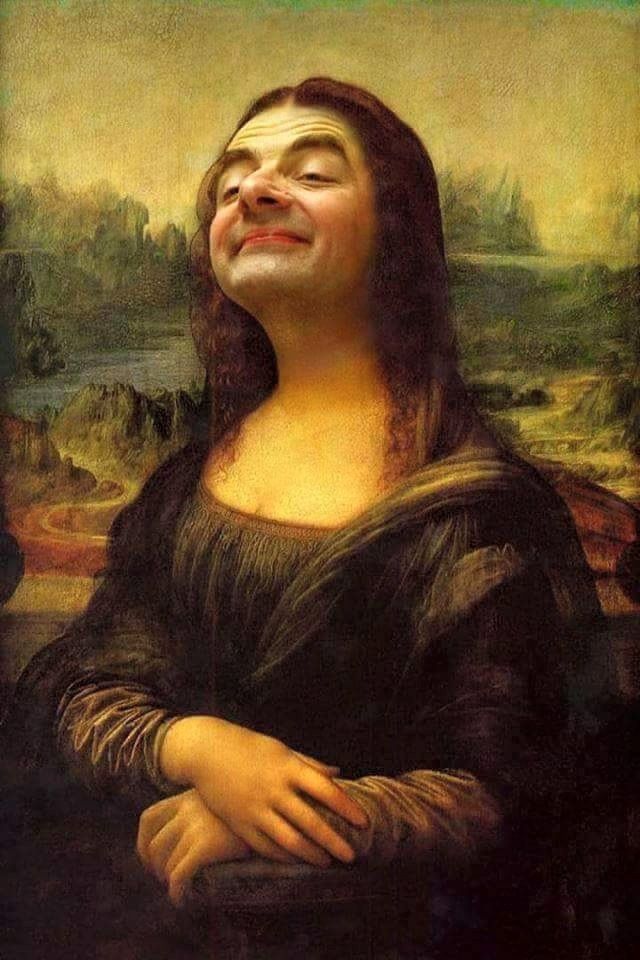In the rapidly evolving world of digital marketing, the only trend which reigns supreme are memes. They’ve graduated from being casual internet jokes to becoming a cultural currency, capable of driving trends, sparking conversations, and even shaping brand identities. Today, every creator – whether they’re an influencer, artist, or entrepreneur – dreams of their content going viral in meme form. But what’s fueling this obsession? And what does it mean for marketers? Let’s dive in.
The Meme Renaissance
Memes aren’t new, but their significance has skyrocketed in the past decade. Platforms like Instagram, Twitter, and TikTok have become supreme grounds for meme culture, while algorithms prioritize shareable, relatable, and short-form content. A single meme can travel faster than a well-funded ad campaign, reaching millions in mere hours.
Creators have taken note. The reason? Memes are the internet’s universal language, speaking to audiences across demographics. They’re funny, easy to consume, and, most importantly, highly shareable.
The Aspirational Meme
Here’s the thing: creators don’t just want views or likes anymore—they want shares. Being memed means their content has transcended its original purpose and entered the cultural colony. It’s no longer about the creator; it’s about the audience making the content on their own. This level of engagement is the Holy Grail of online fame.
Consider creators like Khaby Lame or brands like Duolingo. Their content is designed with meme potential in mind—whether it’s a relatable facial expression or a quirky brand mascot. These creators didn’t just go viral; they became part of the internet’s sensations.

Memes as a Marketing Tool
For marketers, memes are gold mines of opportunity. They’re cost-effective, engaging, and perfect for boosting organic reach. But leveraging memes isn’t as simple as slapping text onto a funny image. Successful meme marketing requires a deep understanding of trends, audience preferences, and impeccable timing.
Brands like Zomato and Swiggy have mastered this art in India, creating witty, food-related memes that strike a chord with millennials and Gen Z. Global brands like Netflix and Nike have also embraced meme culture, using it to connect with audiences on a more personal level.
Tips for Riding the Meme Wave
- Stay Relevant: Keep an eye on trending topics and pop culture references. Memes thrive on timeliness.
- Know Your Audience: Understand what your target audience finds funny or relatable.
- Add Value: A meme should entertain, educate, or evoke emotion. Avoid forced humor—it’s a meme killer.
- Collaborate with Meme Creators: Partnering with established meme pages or creators can amplify your reach.
- Be Authentic: Don’t try too hard to be “cool.” Memes are best when they feel organic.
"While memes are powerful, they’re not a one-size-fits-all solution. Overuse or misinterpretation can backfire, leading to negative publicity or accusations of being tone-deaf. The key is striking the right balance between humor and brand messaging."
Conclusion: The Meme is the Message
In today’s digital-first world, memes aren’t just fleeting jokes—they’re cultural artifacts. For creators, being immortalized as a meme is the ultimate badge of honor, a testament to their influence. For marketers, it’s a chance to engage audiences in ways that traditional ads can’t.
So, the next time you’re brainstorming content, ask yourself: could this be the internet’s next big meme? After all, in the digital age, virality isn’t just a goal; it’s a lifestyle.
Desiring to be a meme? Get a Free Consultation to Achieve Your Business Goals




